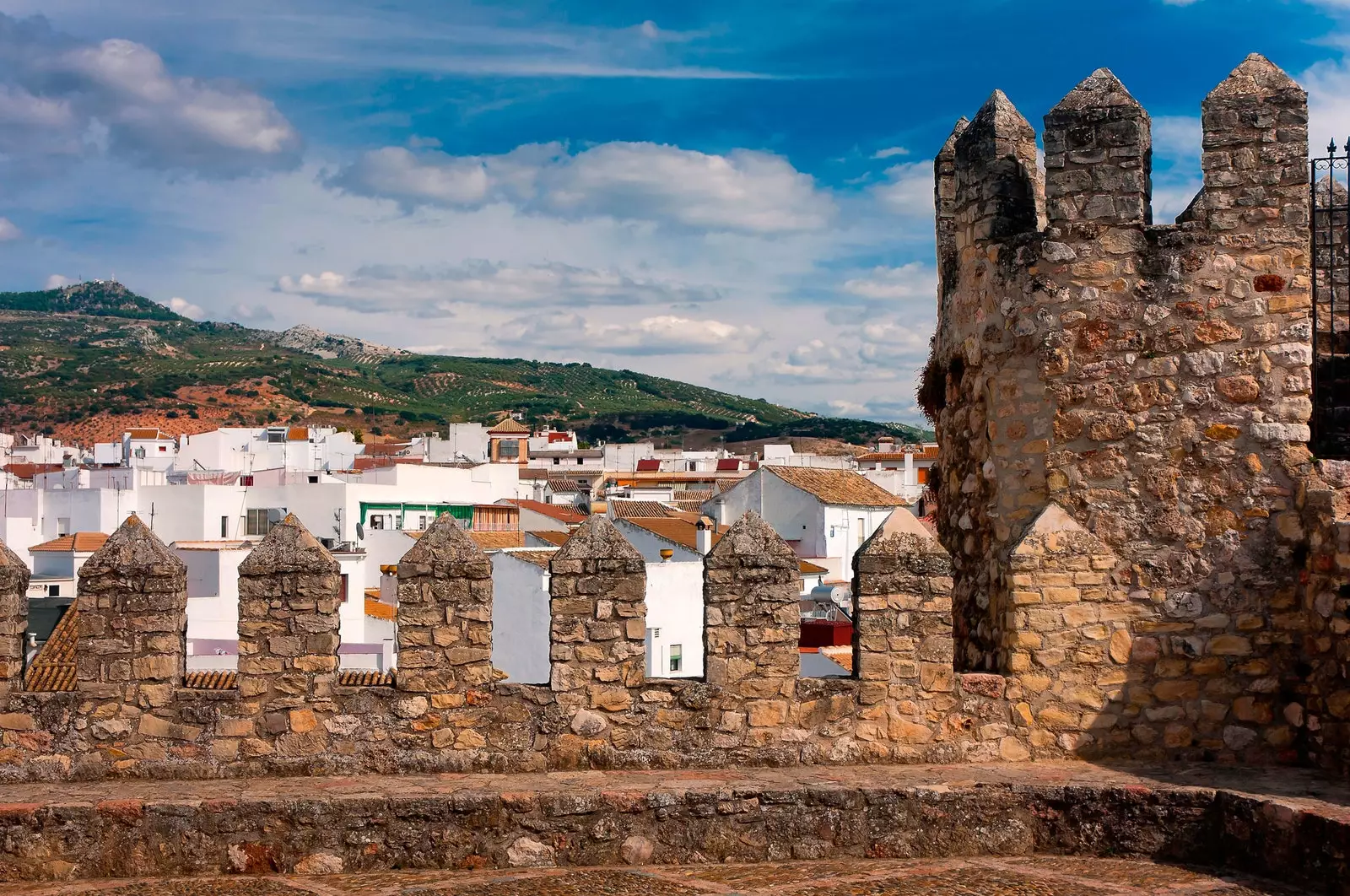
Views from the Castle of the Counts of Cabra
A steaming coffee on the table. The murmur of water from a fountain in the background. A man who, relaxed, spends long minutes reading the newspaper by a window.
Three retired friends discussing politics. The waiter, in a spotless white shirt, serves three carajillos. Reflected on the wall, the rays of light reveal that outside, the sun shines brightly.
We, in a corner, limit ourselves to contemplate. To soak up everything as if it were a black and white film. Because the scene could very well belong to 1853, the date on which the Círculo de la Amistad, this social club located in the nerve center of Cordoba Cabra, opened its doors for the first time. However, we are in the 21st century. Here everything is in color. And even so, it will be that little things have changed.
The Casino de Cabra, as it was called at the time, was born with the aim of safeguarding the arts and letters. Occupying a building that was previously a convent-hospital, gatherings, conferences or recitals were organized in its halls. The creamiest of the bourgeoisie spent their hours in it.
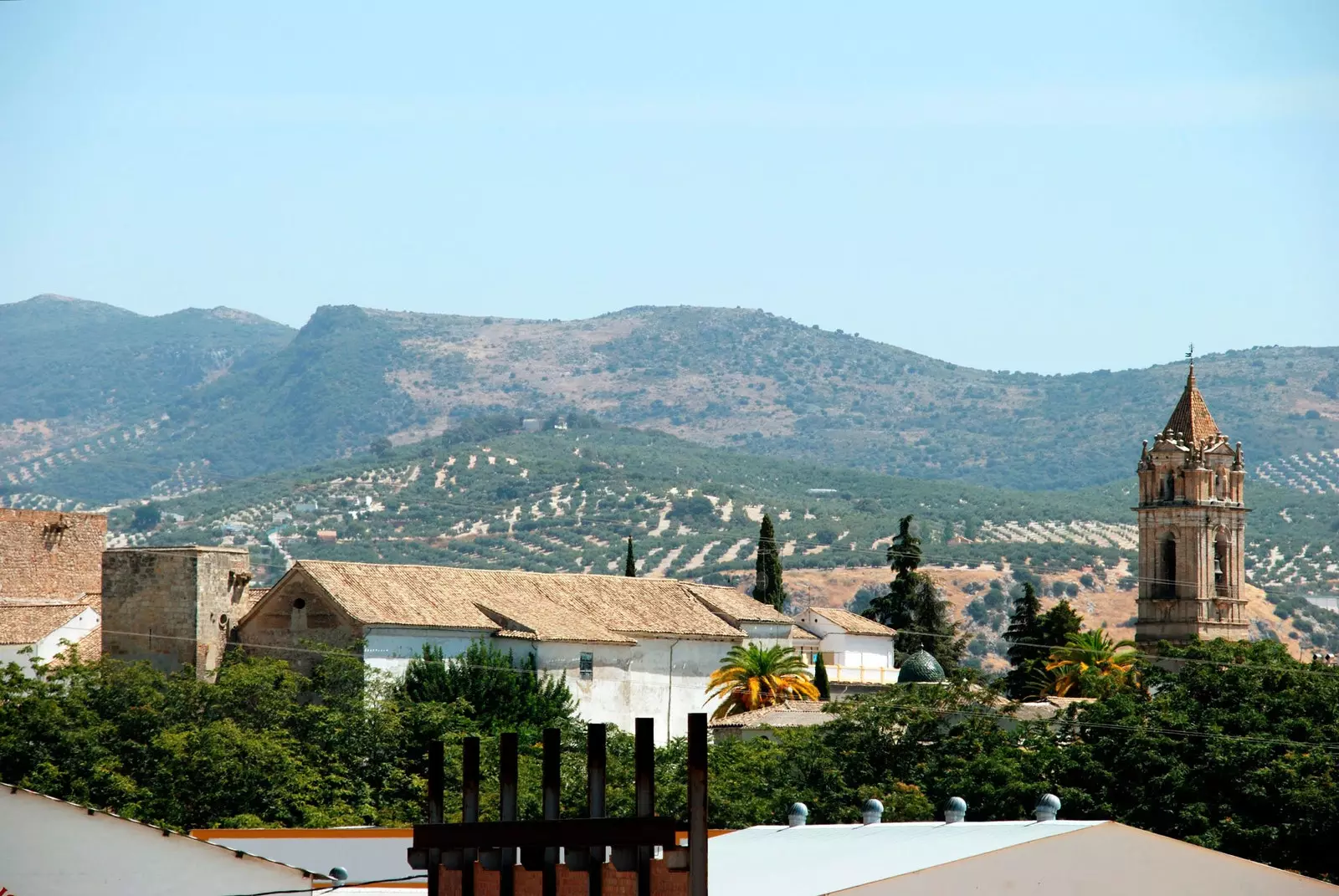
Jurassic, Muslim and even Baroque: this is Cabra
Today the meetings continue to be held, and if it is with some food in between, much better. In its restaurant, with tables spread out in its splendid patio, you can taste the traditional flavors: the salmorejo, the flamenquín or some fried aubergines with honey. What a way to remove the feeling.
We go outside and, indeed, the sun is beating down despite it being the middle of autumn. It is what the south has, that good weather is usually a constant. Not in vain, precisely here, in Cabra, located in the geographical heart of Andalusia and between the Sierras Subbéticas Natural Park—declared a Geopark by UNESCO a few years ago—and the countryside watered by an immense sea of olive trees, sometimes the chill makes itself felt.
We walk through its historic center in search of what makes it unique and we discover that, traditionally, there are two neighborhoods that have marked the idiosyncrasy of this town. On the one hand, the medieval quarter of the Villa, which looks clinging to the hill of Egabria —here the demonym, in case someone had asked— displaying that charm of a stately past dressed in baroque at every step. For the other, the one on Cerro, traditional and authentic: in its whitewashed facades and patios with flowers, that Córdoba that everyone comes to look for shines.
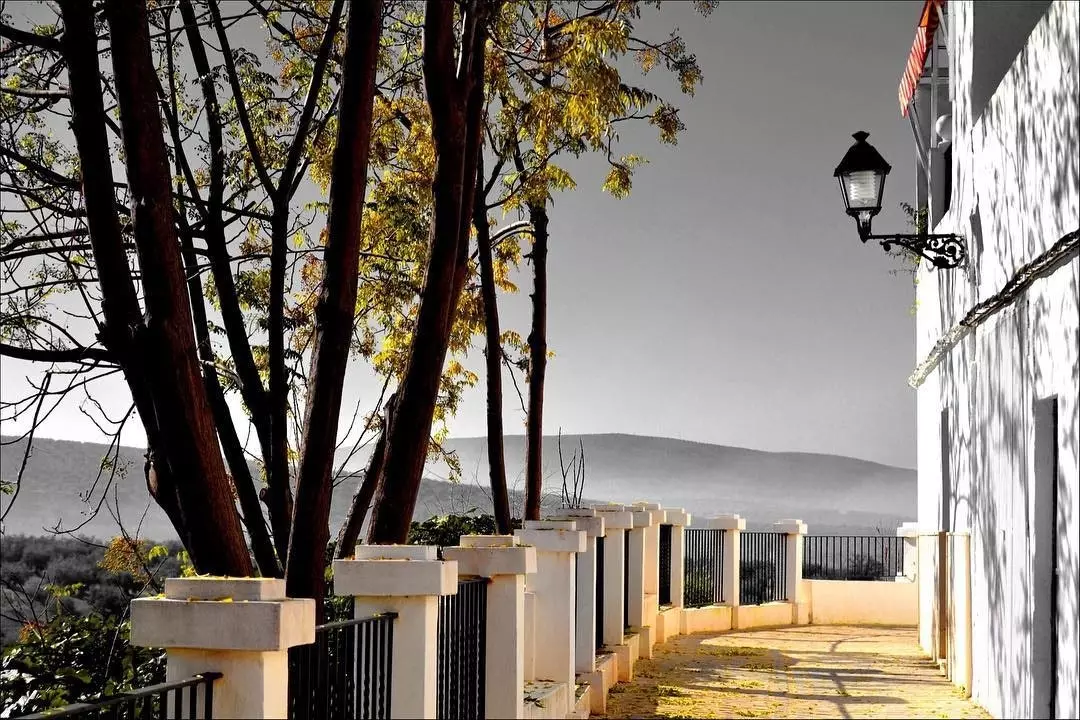
Cabra: the heart of Andalusia
We begin our journey through the highest, the Villa, where to do things "as God intended" the first thing is to get close to the castle of the Counts of Cabra, built in the fifteenth century on an old Roman fortress. From its battlements we can enjoy one of the most beautiful views of the town: the white roofs, the clothes on the line, the antennas scratching the sky... **and that tranquility that can only be breathed in the towns and that —what can we say— so well sit down **
Next to the castle, another emblem: the Parroquia de Asunción y Ángeles. Dressed in red marble, it is also known as “the Baroque Mosque”, nickname that reveals his Muslim past. A time when Cora de Cabra was one of the capitals of the provinces of Al-Andalus: that's nothing. From the remains of the wall that are still preserved in front of the temple, we observe the constant coming and going of the faithful: Rare is the one who misses the opportunity to visit his great work of art, the main altarpiece, the work of Melchor de Aguirre.
When it's time to really wander, we look at all those corners that reveal the Jurassic roots of the town. Built mostly with the red marble of the goat saw , which millennia ago was a beautiful seabed covered by the Tethys Sea, some of its buildings reveal fossils such as ammonites or belemnites. The fun is in locating them.
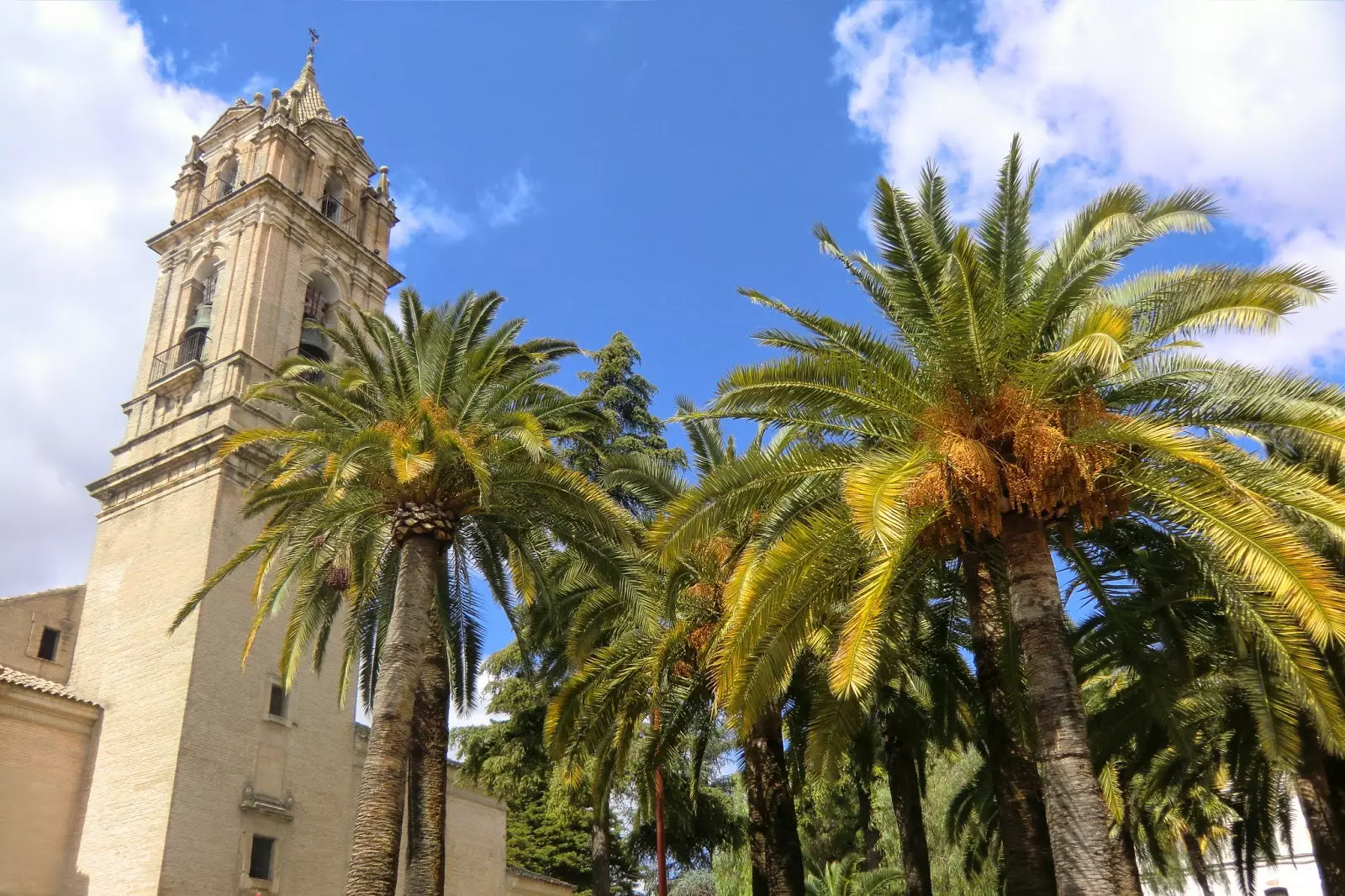
Parish of Our Lady of the Assumption and Angels
We continue to the popular Puerta del Sol, a Mudejar-style arch that welcomes us to a new world. From here everything becomes magic: what unique corners; what concentrated beauty. What beautiful prints that give away their flowery balconies. Those from the Cerro neighborhood, of course.
This old Christian suburb took shape around the 11th century when In Cabra, at the height of the Caliphate period, Muslims, Christians and Jews coexisted peacefully. It is in its Plaza de Santa María, the epicenter of the neighborhood, where the Church of San Juan Bautista , which keeps in its interior —oh, surprise!— one of the most important Paleo-Christian pieces in Andalusia: a basilica altar from about 600 after Christ.
Tranquility is the key in this stronghold of Egabria where calm invades each one of its alleys through which there is no greater delight than getting lost on purpose. in it lives an atmosphere that Juan Valera, distinguished politician and writer from Cabra, captured like no other in his most acclaimed work, Pepita Jiménez. Although his big moment comes, without a doubt, during the May Crosses, when the children of the neighborhood take out small altars in procession and life becomes a real party.
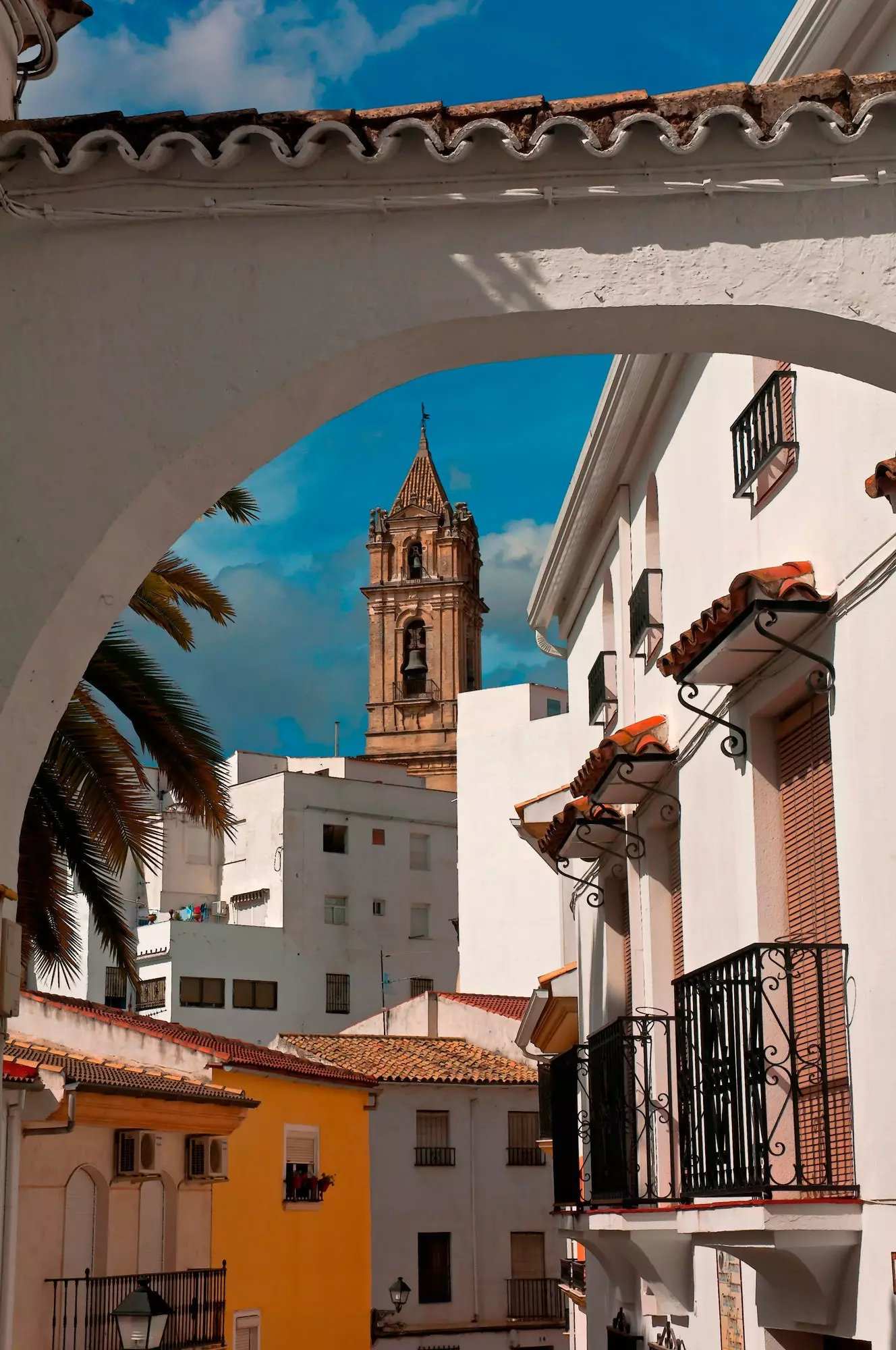
Hill neighborhood
GOAT AND WATER AS A REASON FOR BEING
But wait, that still remains to be explored. Because Cabra has many faces, and getting to know them all takes time. The next of the facets is the one that is closely related to water. And there is no better place to attest to that than in the Fuente del Río, a beautiful area declared a Site of Cultural Interest where nature and the work of man go hand in hand.
Right at this point, the water gushes out of the ground, giving shape to the source of the Cabra River and giving, incidentally, one of the most beautiful corners of the town. around him An entire grove adds the wildest side to the postcard: one of those places, no doubt, where you can breathe peace without having to look for it.
Although Cabra is well served by green spaces; just go back to the heart of the town to check it out. There it unfolds Paseo Alcántara Romero, one of the parks preferred by the people of Egabre and an ideal example of 19th-century gardening. Cataloged as a Singular Garden, in its space grow from sequoias to horse chestnut trees: the biodiversity is vast.
At one of its ends, some metal tables make up the nightstand of a classic Cabra: the Betrana bar does not shine for its glamour, but it does shine for its anchovies in vinegar, unique in the world.
Next to it, by the way, one of the most charming accommodations: the Hotel Villa María, which occupies an old manor house from 1900, of which the structure and façade are preserved. Its attic rooms are ideal for resting after a good route through the surroundings and its natural landscape.
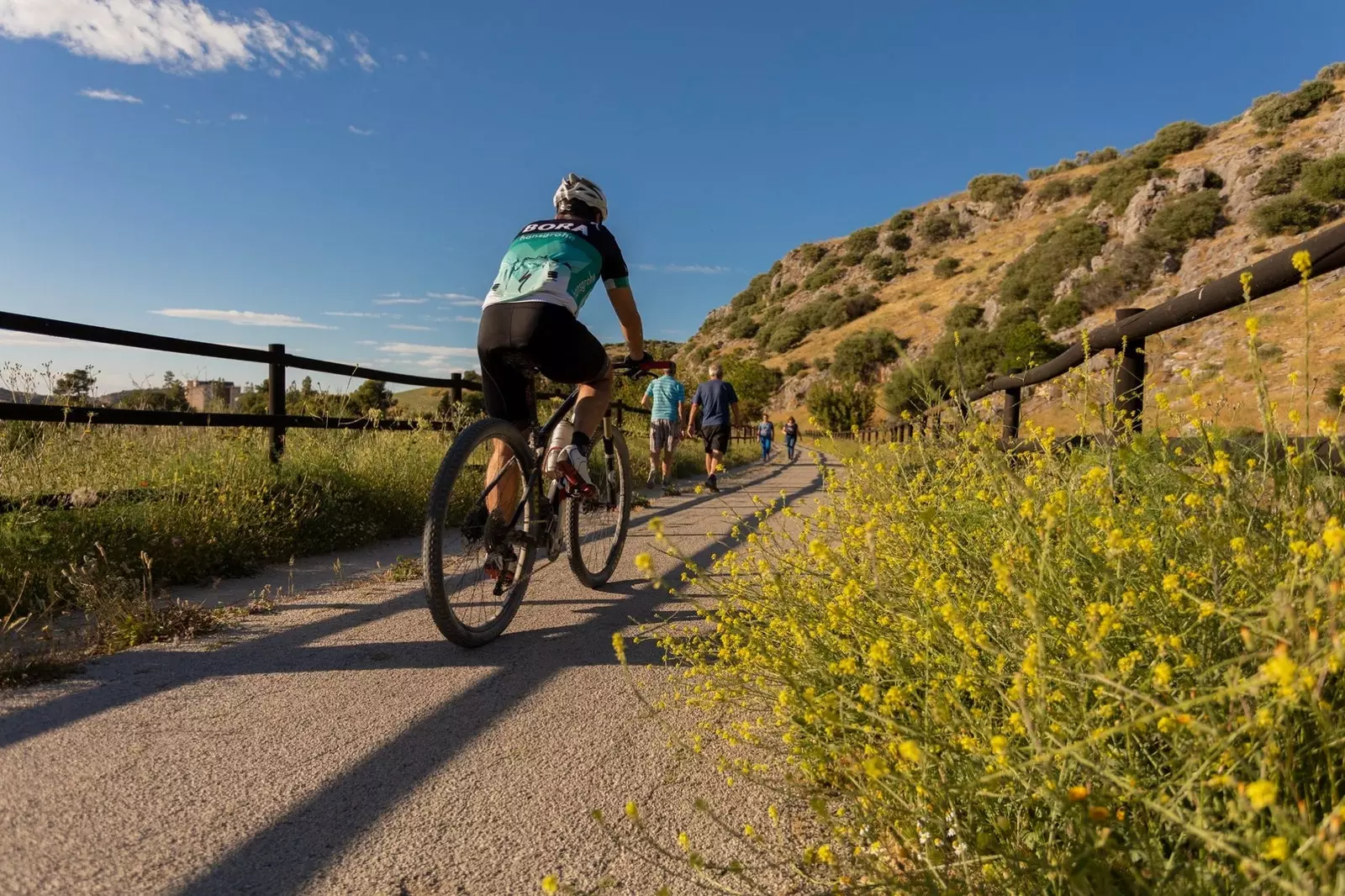
Adventures (on foot or by bike) along the Vía Verde del Aceite
BY BIKE AND CRAZY
And who says by bike, says on horseback or on foot, the three ways to get into the natural landscape that surrounds Cabra. And for that there is the mythical Green Way of Oil , whose section as it passes through the town is called Subbética Greenway and joins, in 58 kilometers, Lucena, Cabra, Doña Mencía, Zuheros and Luque.
The marked path, with a maximum slope of 3%, carries on its back the charm of following the route left by the old Oil Train tracks, the one that was in charge of transporting to Jaén —until the appearance of better roads and those inventions of modernity called tanker trucks replaced it— the great treasure of Cordovan gastronomy: its extra virgin olive oil.
We start from the old Cabra Train Station, today converted into the Oil Train Interpretation Center —with bike workshop and shelter in process—. Pedaling gently and breathing the pure air of the Subbética, we enter a landscape with which we fall in love ipso facto: trenches, viaducts, the mountains of the Geopark on one side and the countryside with its olive trees on the other, are our dear fellow travelers. Is there a better plan?
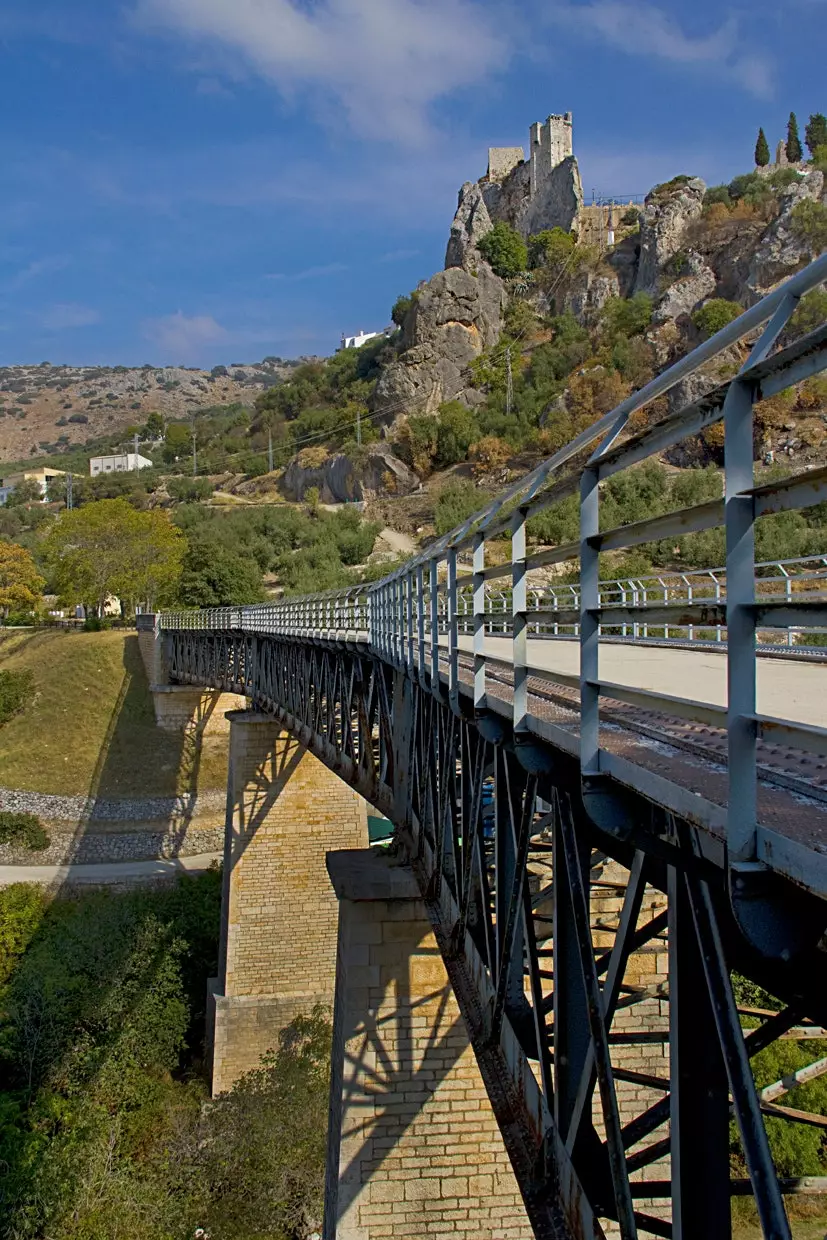
Oil Greenway (Subbética Cordobesa section)
Well maybe yes. Or at least the best complement to the trip: climb the neighboring mount Picacho, considered the true geographical heart of Andalusia, and carry out two very important missions. The first, visit the Hermitage of the Virgin of the Sierra , an image for which not only the people of Egabre, but also many of the residents of the surrounding towns, feel an immense devotion. The second, to stay watch the sunset on the wonderful Balcón de Andalucía, a unique and unrepeatable moment to take back home.
When the sun falls on the horizon, and says goodbye behind the majestic mountains of the Subbética, everything turns orange, pink, blue... And our trip to this illustrious corner of Cordoba comes to an end, in the midst of a festival of light and color.
